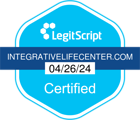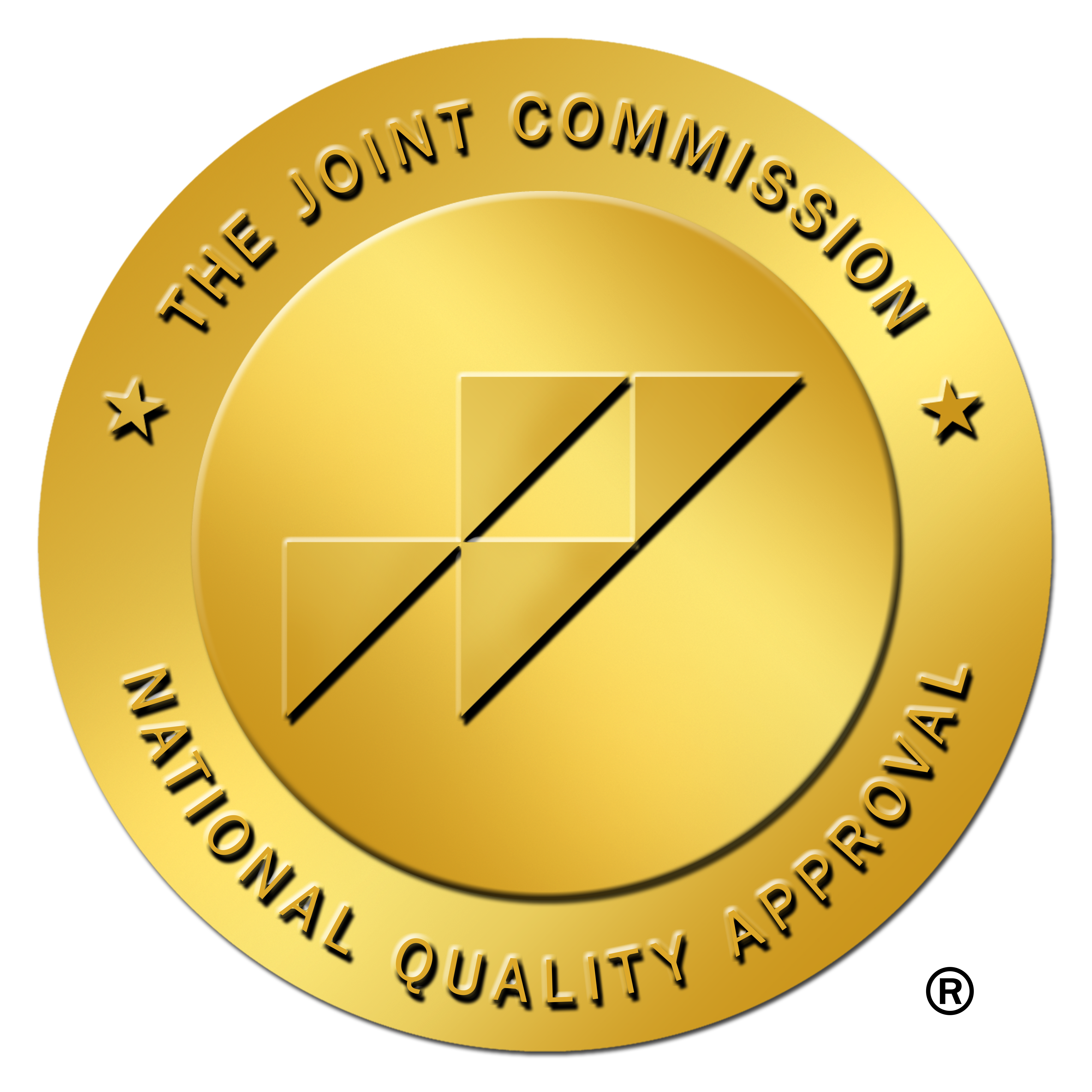There are a variety of different symptoms of PTSD that can be useful in determining if a person needs a little extra help recovering from trauma.
What is PTSD?
Post-Traumatic Stress Disorder (PTSD) is a condition that may develop after experiencing or witnessing an extreme event such as war, a natural disaster, sexual violence, or a serious accident or illness.
Most people who experience one of these events get better in time through the use of coping skills and self-care. Others need more help, and that’s okay too. One in eleven people will be diagnosed with PTSD during their lives, and twice as many women than men will experience it. It is thought that people who are more resilient recover from traumatic events more quickly than those with less resilience.
More facts about PTSD
PTSD interferes with daily functioning and should be addressed through therapy so the person can feel better soon and return to living a healthy life. With the help of a therapist, a person who is struggling with PTSD can learn better coping skills and how to build a self-care regimen that helps them heal.
PTSD is diagnosed when a person has experienced symptoms for at least one month. The symptoms might begin immediately after the event, or it may be months or even years before they start. It is common for symptoms to emerge within the first three months. If symptoms are experienced immediately the person will first be diagnosed with acute stress disorder, and then PTSD if the symptoms persist for more than one month.
Symptoms of PTSD
If you have PTSD, you might experience many different kinds of symptoms. The first criteria for diagnosing PTSD is to have experienced, witnessed, or been exposed to the details of a traumatic event. This secondhand exposure is called vicarious traumatization and can affect medical workers, mental health workers, police officers, and other first responders.
Along with being exposed to a traumatic event, the person must also have at least nine symptoms from any of the five categories listed in the Diagnostic and Statistical Manual for Mental Disorders, fifth edition (DSM-5). Let’s take a look at these categories and the types of symptoms of PTSD.
Intrusion Symptoms
These symptoms happen repeatedly and are involuntary, intrusive, and distressing.
Intrusion can manifest as:
- Memories of the traumatic event
- Dreams about the event
- Flashbacks (dissociative reactions) where it feels like the traumatic event is recurring
- Intense distress as a reaction to things that symbolize or resemble part of the event
Children may reenact the event through play due to memories or flashbacks. They may have scary dreams that don’t seem related in content but are happening because of the traumatic experience.
Negative Changes in Mood
Persistent inability to experience happiness, satisfaction, loving feelings, or other positive emotions. Some symptoms include:
- Difficulty maintaining close relationships
- Negative thoughts about yourself or other people or the world
- Lack of interest in activities you previously enjoyed
- Feeling emotionally numb
Dissociative Symptoms
Dissociation is a breakdown in how your brain handles information. This can cause you to feel disconnected from your surroundings, your thoughts and feelings, and even your memories. Additionally, dissociation can warp your perception of yourself and of time.
Some dissociative symptoms of PTSD include:
- Feeling as though you are sometimes a different person
- Having an out-of-body experience
- Not remembering how you got somewhere
Avoidance Symptoms
Avoidance means someone with PTSD goes out of their way to change their routine in order to avoid a situation or an event. For instance, if you were in a serious car accident, you may avoid driving or riding in a car.
- Avoids distressing memories, thoughts, and feelings associated with the traumatic event
- Avoids outside reminders that bring up distressing memories, thoughts, and feelings associated with the traumatic event (people, places, activities, objects, situations, or conversations)
Arousal & Reactivity Symptoms
These symptoms can often lead to feelings of anger and stress and frequently interfere with parts of daily life like sleeping, eating, and working.
- Sleep disturbance (difficulty falling or staying asleep, or restlessness)
- Irritable behavior and angry outbursts without being provoked (physical or verbal aggression)
- Hypervigilance (increased alertness to their surroundings)
- Difficulty concentrating
- Exaggerated startle response
To be diagnosed with PTSD, the person must experience 9 of the above symptoms for a period of one month or longer. The symptoms must cause significant distress or impairment in functioning. This can be an impairment to social relationships, work, school, and other important areas of the person’s life. The symptoms also can’t be due to a substance, medical condition, or better explained by brief psychotic disorder, which involves the sudden onset of psychotic symptoms such as hallucinations or delusions.
 Related Conditions
Related Conditions
There are a few similar disorders to PTSD. In some cases they may be a better diagnosis for a person’s symptoms.
Acute Stress Disorder
Acute stress disorder has the same symptoms as PTSD but with a shorter duration. It is often diagnosed before, and if symptoms persist the diagnosis can be changed to PTSD. Symptoms typically last between three days and one month.
People with acute stress disorder may relive the traumatic experience, have flashbacks or nightmares, and feel numb or detached from themselves. Many who experience an accident, sexual assault, or mass shooting will experience this disorder.
Antidepressant medications can help ease symptoms and cognitive behavioral therapy can help to manage symptoms and prevent acute stress disorder from developing into PTSD.
Adjustment Disorder
This disorder happens in response to stressful life events or big changes in a person’s life. Everyone who experiences a large stressor has a response, but a person with adjustment disorder has a more extreme response to the event than would be expected.
Symptoms include sadness, hopelessness, feeling tense, withdrawing from others, defiance, impulsive behavior, and physical symptoms like headaches and heart palpitations. The symptoms cause significant distress in work, school, or relationships. They begin within three months of the event and last up to six months after the stressful event has ended. Adjustment disorder is treated with psychotherapy.
Disinhibited Social Engagement Disorder
This disorder appears in children who experience social neglect or deprivation before age two. When a child’s basic needs of comfort and affection are not met, or when there is no stable caregiver to form a healthy attachment bond with, disinhibited social engagement disorder may occur.
The main symptom of this disorder is that the child will approach and interact with adults they are not familiar with. They may not check back with their caregiver while interacting with other adults, and may interact without age-appropriate social boundaries. Treatment includes family therapy to help the child and caregiver learn how to interact in a healthy way.
Reactive Attachment Disorder
Like disinhibited social engagement disorder, reactive attachment can happen when a child’s basic needs are unmet and a secure attachment is not made with a caregiver. These children are emotionally withdrawn, don’t seek comfort when in distress or respond to comfort when it’s provided. They have limited positive emotions, and display bouts of unexpected irritability, sadness, or fear during normal interactions with their caregivers.
Children with reactive attachment disorder tend to have developmental delays, including cognitive and language delays. It is also treated with family therapy to improve the way the child and caregiver interact within the relationship.
PTSD Treatment at Integrative Life Center
ILC offers treatment for symptoms of PTSD that occur due to a variety of different traumatic events. Some of these events include:
- Physical, sexual, or emotional abuse or assault
- Neglect
- Serious accidents
- Domestic violence (experienced or witnessed)
- School violence
- Natural disasters
- War
- Grief and separation
- Forced displacement
Treatment is tailored to the needs of each individual who has experienced trauma. Options include:
- Residential treatment with around the clock care for 30 days or more
- Partial Hospitalization Programs (PHP)
- Intensive Outpatient Programs (In-person or online)
- Aftercare to help them adjust to daily life following treatment
Integrative Life Center uses a number of different treatment methods to help a person process and recover from trauma such as:
- Eye Movement Desensitization and Reprocessing (EMDR)
- Cognitive-behavioral Therapy
- Dialectical Behavioral Therapy
- Trauma-Informed Therapy
- Brainspotting Therapy
- Internal Family Systems Therapy
If you or a loved one is experiencing symptoms of PTSD, contact us. We can help you find the treatment that is right for you.













